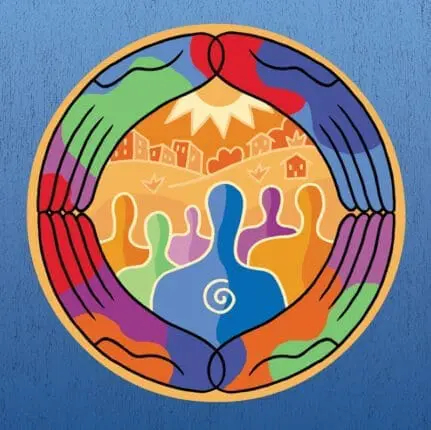Once upon a time back in the mid-’60s, it looked as if a vast network of community mental health centers would soon blanket America, providing a wide range of holistic, high-quality psychological and social services to poor, largely African American and Latino families. Not only would this system improve people’s family and personal lives, but it would somehow help propel them out of poverty, effectively combat oppression, and possibly transform society itself.
This vision turned out to be radically overconfident. Even if the community mental health campaign hadn’t been cut off at the knees by funding cuts and the fading of political interest in poor people, it seems unlikely that the most brilliant psychotherapy interventions by themselves could undo generations of political, social, and economic injustice and racism. Salvador Minuchin and other social-activist therapists pioneering innovative approaches with poor families came to believe that therapy really wasn’t nearly enough. “The tools of family therapy, or the tools of therapy in general, are very tiny,” Minuchin once said in a Networker interview. “The [idea] that we can take families from Harlem and make out of them a movement of social liberation was part of our ideology and also our naiveté.” In other words, as he said another time, “when you pit the slums against families, the slums win.”
But if the slums always win, why bother with therapy at all? If poor people’s biggest problems aren’t DSM diagnoses but institutional oppression (which, not coincidentally, often contributes to whatever DSM diagnostic criteria they do meet), how can therapy be of any use? Today, the therapy profession has by and large stepped back from treating the poor. Even our therapy models and methods—ever more technical, time-limited, DSM-focused, and adapted to fit chronically tight reimbursement levels—have lost the expansive, socially supportive orientation typical of the classic community mental health approach.
While it may be too soon to tell, these days there does appear to be a renewal of purpose and a new kind of practical intelligence among many different kinds of professionals now engaged in working with poor people. This renewal, broadly speaking, encompasses two overlapping mandates—what might be called the macro-reality and the micro-reality, the broadly contextual and the more narrowly clinical. Therapists working with poor communities are increasingly more adept at seeing the bigger picture—how the larger realities of racism and embedded poverty underlie or even create individual pathologies in their clients. Therefore, therapists, particularly if they’re middle-class and relatively privileged members of society, must become at least as attuned to the effects of these socioeconomic factors as they are to identifying symptoms.
At the same time, therapists and social workers, as well as political activists, must never forget that clients aren’t abstract socioeconomic profiles any more than they’re the walking encapsulations of diagnostic criteria. Like everybody else in the world, they’re quirky, complicated individuals, whose primary human need is to be treated with kindness, respect, and a deep appreciation of their uniquely personal lives.
Is it possible that we’re seeing a movement of professionals that, taken altogether, is finally learning how to encompass the big and the small, the global and the personal, the whole order and the tiny, individual parts? The two pieces that follow—one by Thelma Dye, the director of a child-development center in East Harlem, and another by Deborah Peterson Small, a lawyer fighting for drug-policy reform (current drug laws and incarceration rates overwhelmingly target minority populations)—reflect complimentary strands in a developing conversation. One focuses on embracing the reservoirs of strength, resilience, and ingenuity in poor communities, and the other offers a sophisticated, systemic understanding of the gnarled jumble of poverty, racism, and pathology. One looks critically at the idea of racism and poverty as an overarching “social disease,” a source of “collective pain” afflicting the whole society. The other looks at the ordinary, intimate needs of real people in tough conditions and stresses the vital, indispensable good that instilling a sense of hope can do—even if the revolution doesn’t seem to be just around the corner.
Illustration © Marie Bertrand / Corbis
Mary Sykes Wylie
Mary Sykes Wylie, PhD, is a former senior editor of the Psychotherapy Networker.













